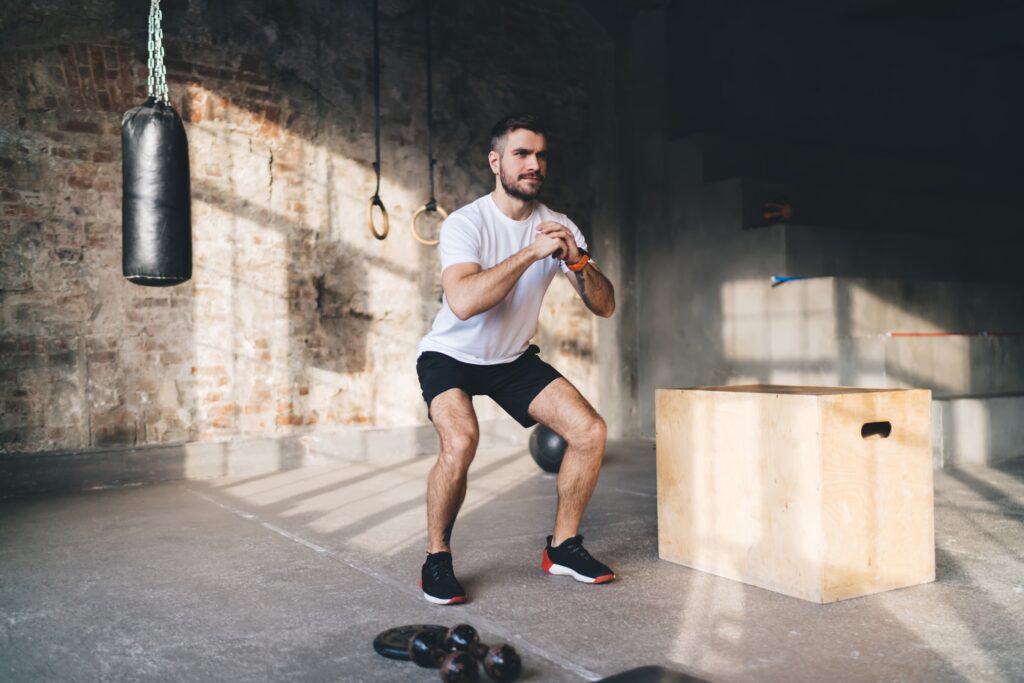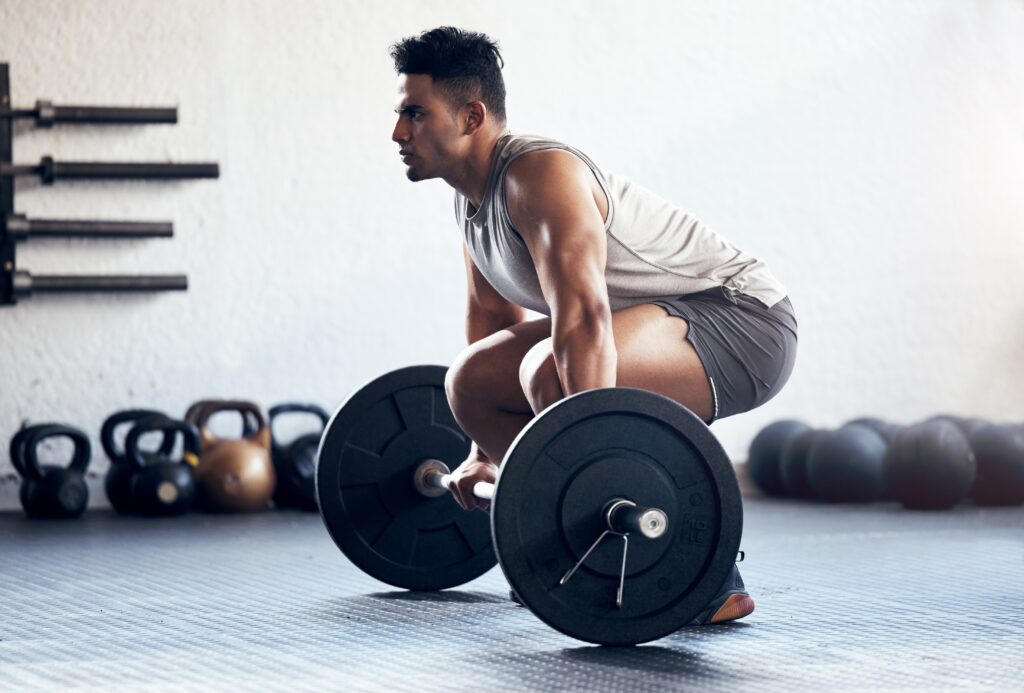Should Cardio Be Done Before Or After Lifting Weights?
Suppose you don’t have the time to go to the gym for multiple daily sessions, encompassing weight training and cardio in a comprehensive block. A critical question emerges: should you prioritize cardio or weights?

Surprisingly, we have reached a point where individuals are deliberating this matter. Traditionally, gym wisdom propagated the idea that cardio could impede muscle gains, and concurrently, building muscle might hinder cardiovascular performance. However, contemporary research has unveiled a more nuanced relationship. Cardiovascular exercise is now acknowledged to contribute positively to muscle gains while building muscle can enhance cardiovascular performance.
A study in the Journal of Gerontology linked long-term aerobic exercise with greater muscle strength throughout one’s lifespan. Remarkably, elite endurance athletes like runners, swimmers, and cyclists now integrate weight training into their routines, with lifting weights shown to improve VO2 max, as per findings by the University of Oklahoma researchers. Conversely, powerlifters and bodybuilders, known for their strength training, also allocate time for cardiovascular activities.
Moreover, cardio and weight training foster diverse aspects of health, collectively indispensable for overall well-being. A 2022 study in the British Journal of Sports Medicine demonstrated that individuals incorporating cardio and weight training into their routines experienced a lower mortality risk than those solely engaging in cardio. The paradigm has shifted from focusing on the preferred training style to understanding how to combine the two based on individual goals effectively.

In addressing whether cardio or weight training should take precedence in a workout, experts assert that the decision hinges on one’s objectives.
When deciding between cardio before or after weights, personal trainers, inundated with such inquiries, offer nuanced responses. The choice depends on factors like fitness level, exercise experience, athletic goals, and the time available for daily workouts. While high-intensity interval training (HIIT) and circuit training allow simultaneous strength training and cardio, the general rule for those with broader fitness goals is to lift first and engage in cardio afterward. For individuals pursuing a two-a-day workout split, there are tips to optimize their efforts.
Prioritizing weights before cardio is recommended due to the inherent injury risk associated with strength training involving external loadings like barbells, dumbbells, or resistance bands. Initiating a workout with cardio could pre-fatigue muscles, elevating the risk of injury and compromising weightlifting performance. To achieve optimal growth stimulus during weightlifting, it is essential to lift heavy, which necessitates fresh muscles unburdened by prior cardio-induced fatigue.

However, there is a counterargument for those aiming to enhance cardiovascular endurance. Lifting weights before cardio might diminish aerobic performance, reducing power, speed, and stamina. This emphasizes the advantage of scheduling strength training and cardio on separate days to optimize outcomes. If circumstances dictate combining weight training and cardio on the same day, the general recommendation is to prioritize weights first.
Exceptions to the rule exist, acknowledging that some principles are flexible. Instances when flipping the sequence—doing cardio before lifting—might be warranted, including incorporating a warm-up into your routine. Just as warming up is essential before driving a car in winter, performing cardio before weightlifting is a preparatory phase, reducing the risk of strain or compromised performance.
Deciding to prioritize cardio or weights depends on individual fitness goals and the context of the workout routine, with the rule of lifting before cardio as a general guideline.
